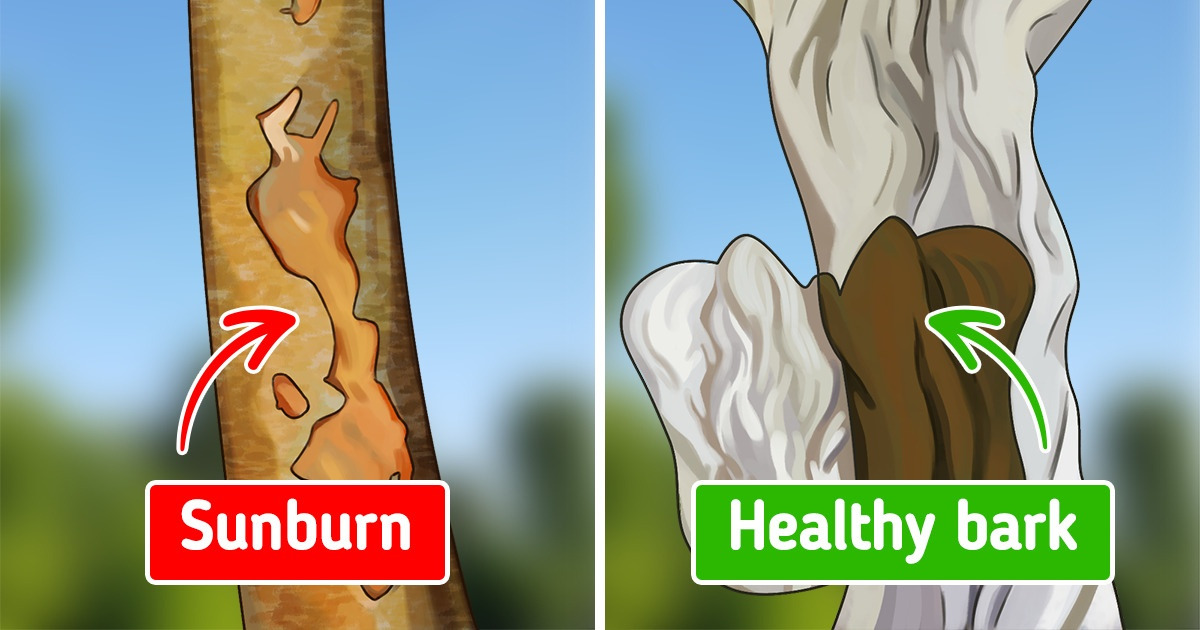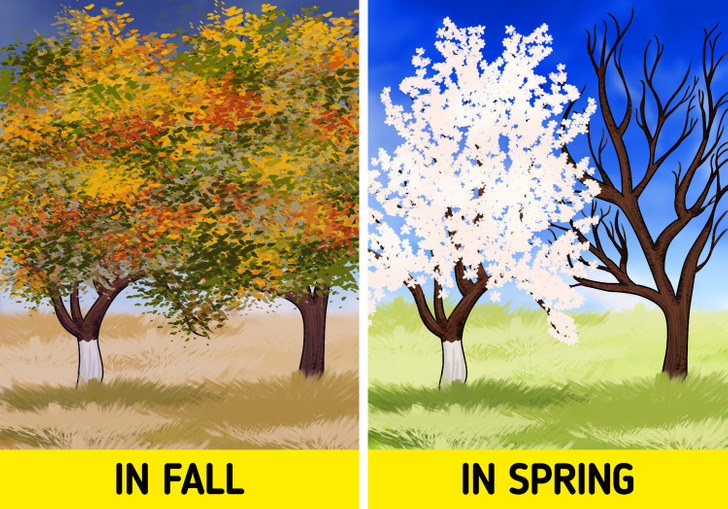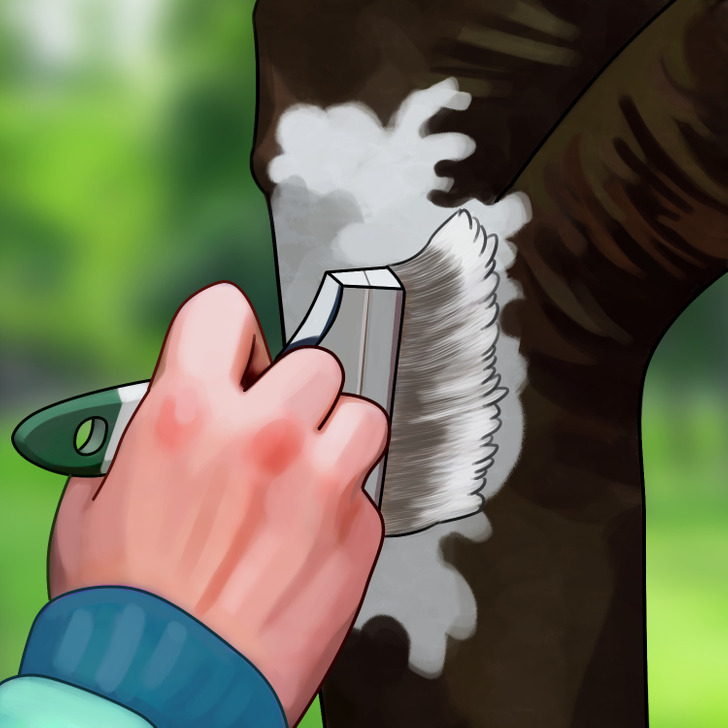Why Tree Trunks Are Painted White

Whitewashed tree trunks are so common that we don’t even notice them much anymore. However, this is not their natural color, but rather, a white paint that is applied to the trunks.
At 5-Minute Crafts, we decided to find out why tree trunks are painted white and if it’s necessary.
Protection from the sun

To protect ourselves from the scorching sun, we apply sunscreen to our skin and try to stay indoors, especially during hot hours. Animals hide in the shade and insects doze in the grass, but trees have nowhere to hide from sunlight. This is where white paint comes to the rescue, as it’s applied to the tree trunks. It helps a tree avoid getting sunburned — the white color reflects the sun’s rays and reduces the temperature of the bark. Young trees are especially susceptible to the sun because their bark is still quite thin.
Protective measures against temperature fluctuations

In regions where temperatures fluctuate during day and night, whitewashing can protect trees from injuries caused by these temperature fluctuations. Tree trunks can get very hot during the day and freeze and get damaged at night. Trees and shrubs affected by such damage in fall may not recover in spring. Thanks to whitewashing, a tree trunk doesn’t absorb as much sunlight as without it, which reduces the risk of damage. It’s important to whitewash the trees before the temperature begins to fluctuate greatly.
Protection against pests

This is a logical consequence of the first reason for whitewashing: the bark that has been sunburned is more susceptible to being damaged by insects. Wood-boring pests, especially flatheaded wood borers, are a frequent problem on trees with sunburned branches or trunks.